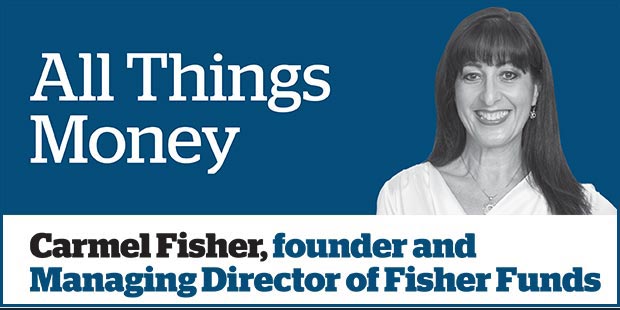It's the time of the year when newspapers and magazines are peppered with financial predictions, tempting us to take action and change our portfolios because, well, it's the New Year.
We would be better to ignore the predictions, because nobody has a clear enough crystal ball to tell us what lies ahead and, besides, invariably the shocks that clobber economies and markets often come out of the blue.
A few years ago, none of the January predictions pointed to Greece's fiscal situation being the catalyst for a Eurozone crisis. The 2011 predictions didn't include the tsunami in Japan that caused global economic tremors and while the oil price decline is now featuring in market predictions, it has been a recent development hardly mentioned in the closing months of last year.
Not only should we ignore market predictions but we should also avoid the temptation to change our investment strategy just because it's that time of the year. While the New Year is a popular time for people to change jobs or think about moving house, it does not automatically follow that your finances require an overhaul. Chances are your risk tolerance hasn't changed between December and January. Ditto your investment objectives or investing timeframe.
By all means review your portfolio, particularly if you haven't paid much attention in the past year, but don't think you have to make major changes just because one particular asset class is predicted to be the winner in 2015 or because another asset performed badly last year.
At times when I am tempted to make large changes to my portfolio, I often find it useful to look at the asset allocation quilt to remind me of the folly of trying to pick future winners. Lots of financial services firms publish asset allocation quilts (Google it and you'll see what I mean).
They are charts showing the best and worst performing asset classes for each year, extended over long periods of time. The reason they're referred to as quilts is that each asset class is colour coded and because the winners and losers vary each year, there is no long-term pattern - so the chart ends up resembling a patchwork quilt.
One year will see emerging markets as the best performing asset with bonds or real estate being the laggards; the following year, those asset classes might swap position or there might be a completely different asset at the top of the chart.
The charts illustrate the concept of 'reversion to the mean' which essentially means that over time extreme performances will revert to average - under-performers won't always be under-performers and out-performers won't maintain their out-performance. So there's no point in trying to pick this year's winners.
While we needn't heed market predictions or overhaul our investments, there are some things that we should do in this New Year period of contemplation. It is important to consider whether there has been or might be any change in our circumstances in the year ahead that warrant a change in investment strategy.
We should also look at what has changed in our portfolio in the past year - has the balance got out of kilter or is our long-term asset allocation still intact? While none of us like to dwell on the negative, take some time to consider what went wrong during 2014 and see if there are lessons to be learned.
You should also consider what went well and whether it was because of good luck or good management. If you avoided falling prices by taking money out of particular markets, great, but if you then failed to get back into those markets to capture the rally, then it's less great.
After you've completed your review, you can then relax and enjoy the start of the New Year knowing that, whatever happens, at least your finances are sorted. A healthy mindset probably helps too - prepare for the worst, hope for the best and count on being surprised.

